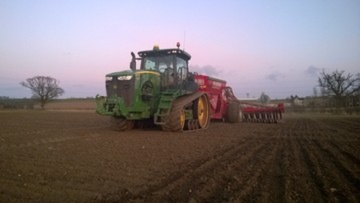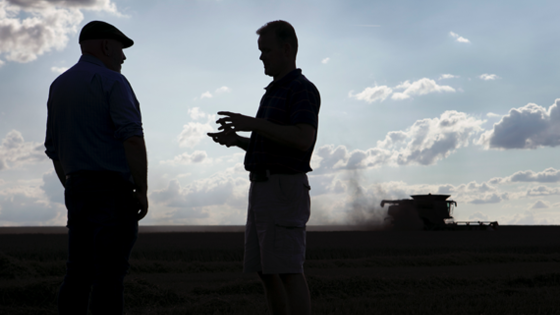Arable weed control, the full picture.
We know that black-grass isn’t the only weed that keeps growers and agronomist up at night. And in fact, in some parts of the country it doesn’t concern you at all. That’s why we’ve created in-depth fact sheets for 8 common UK weeds using an independent expert panel to tell you every aspect about these weeds and how to control them – to support you, whatever your arable weed issue may be.
Weed Fact Sheets
All our weed fact sheets have been written by our technical experts, choose the weed and have a good read!
Annual meadow-grass
Annual meadow-grass is the most common grass weed throughout the UK and although not highly yield robbing, it causes inconvenience in a number of different ways. It is a short-tufted grass (up to 30cm) and can be annual or a short-lived perennial.
Black-grass
Black-grass is one of the biggest challenges to profitable arable farming in the main wheat growing areas of the UK. On some farms growers have had to adopt dramatic shifts to their rotations, cultivations and even fundamental land use changes to get on top of the weed. It is an annual grass 20 – 85cm tall with upright round and slender stems with few nodes.
Common chickweed
Chickweed is found in many areas of the UK and can be an issue due to germination throughout the growing season and the formation of a dense mat of weeds which spreads over the ground. It is an annual weed, short but outward spreading and can be dense.
Common poppy
Poppy control is becoming increasingly difficult due to resistance to certain herbicides. That, along with a huge seed return where seeds remain viable in the soil for several years has seen an increase in Poppy populations across the UK. Common poppy is an annual weed, ca. 20 – 80cm tall.
Italian rye-grass
Italian rye-grass is an annual or biennial grass weed which can grow up to 100cm. Although not at the same levels as black-grass, Italian rye-grass is increasing as a weed problem in many areas of the UK. Populations are being made worse because of the build- up of herbicide resistance and large seed banks.
Scentless Mayweed
Scentless Mayweed can cause problems in winter and spring sown crops due to its long germination period. This weed grows rapidly and competes strongly with crops. Dense populations can smother and severely restrict crop growth so it needs to be controlled. It is an annual dicotyledon and grows 10 to 80cm tall.
Sterile or barren brome
Sterile, or Barren brome is predominantly a problem in winter cereals. It robs crop yield and causes lodging where it’s left uncontrolled. It is an annual grass 20-100 cm tall, upright until anthesis then disappearing below the crop as the weed matures. Sterile/Barren brome is becoming increasingly common in the UK due to shallow and no till cultivations.
Volunteer Oilseed Rape
Oilseed rape is an annual dicotyledon. Volunteers from a previous crop of oilseed rape are a common sight in most arable rotations but these need to be controlled to prevent yield loss and harvest contamination.
Sow Thistle
- Leaves are shiny and lobed
- Tiny yellow glandular hairs on the flowering shoot and flowerheads.
- Rhizomes
- Plants overwinter as thickened roots
- Larger flowers than the annual species which are deeper yellow
Fat hen
Fat hen is an annual dicotyledon, grey-green in colour. It is upright, 20-50cm tall but growing to 2m in crops. The leaves are diamond-shaped to spear-shaped. The cotyledons are between three and eight times as long as broad and are often mealy. The first true leaves are a rounded triangular shape with smooth edges. Subsequent leaves become more indented at the edges. The undersides are often bright purple. The hypocotyl is long (about 1cm or more).
Cleavers
Cleaver is a scrambling or climbing annual dicotyledonous weed. The stems are four-angled, 50-200cm long, and covered with minute, down-curved prickly hairs. As a young plant the oval cotyledons are large and dark green and have a distinctive notch at the end. True leaves are narrow and prickly and appear in whorls of 6-8 around the stem.
Prickly sow-thisle
- Leaves are glossy and have sharp prickly edges and rounded bases that clasp the stem
- A single taproot
- Mid yellow flowers

BASD Weed ID App
An encyclopaedia of weeds at your fingertips. Identify over 140 weeds with the BASF Weed ID app
Modal Tealium title
Modal Tealium text

















